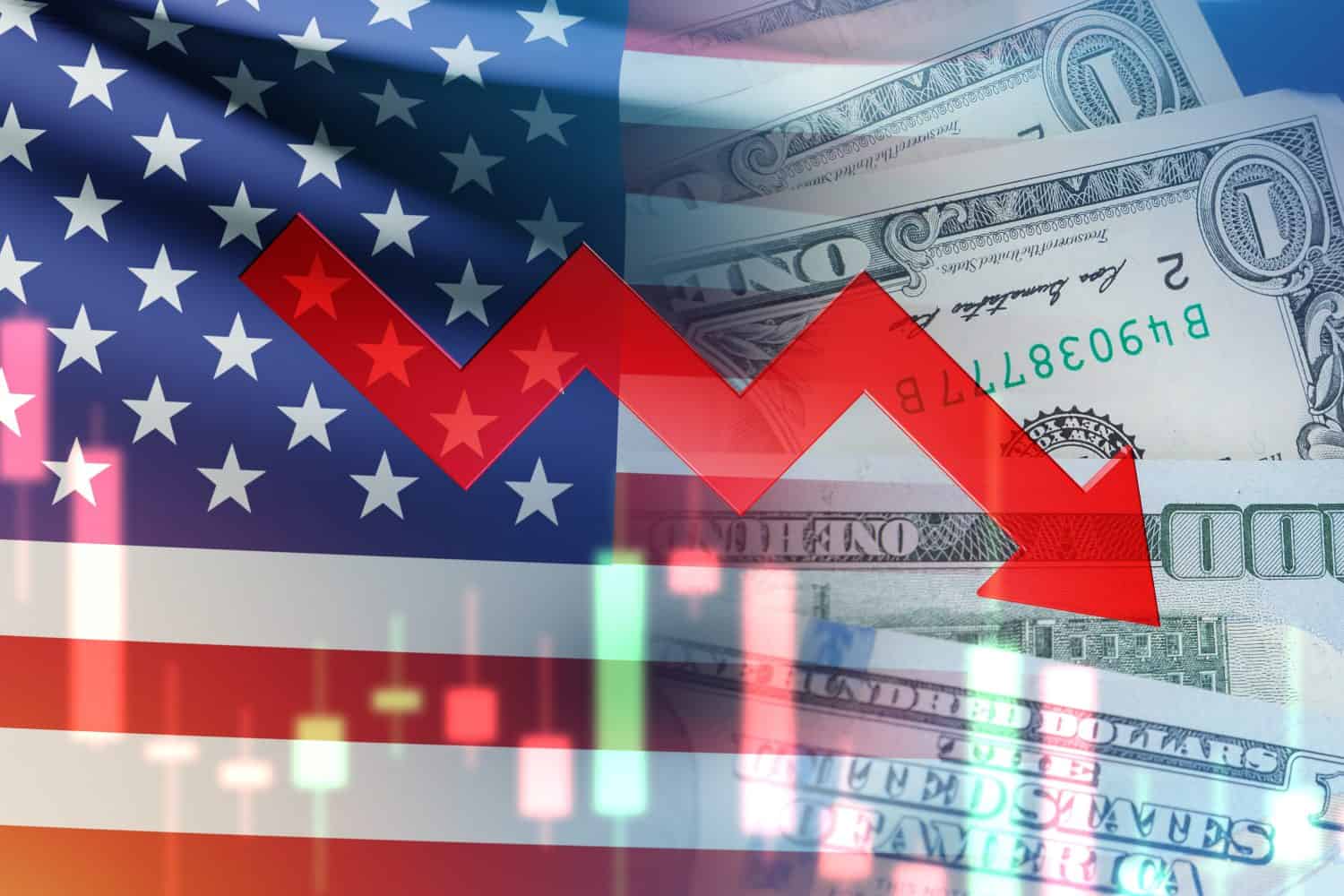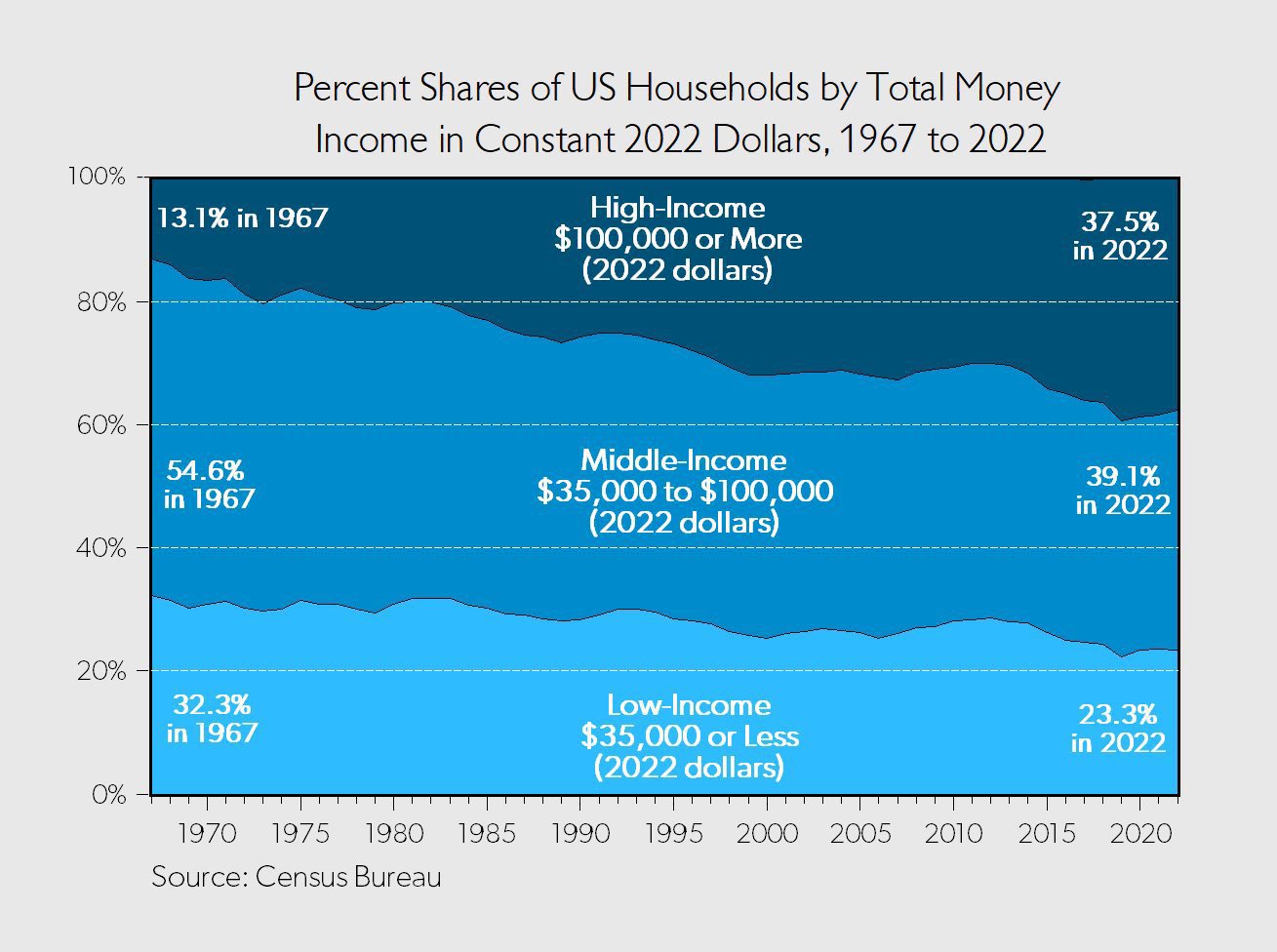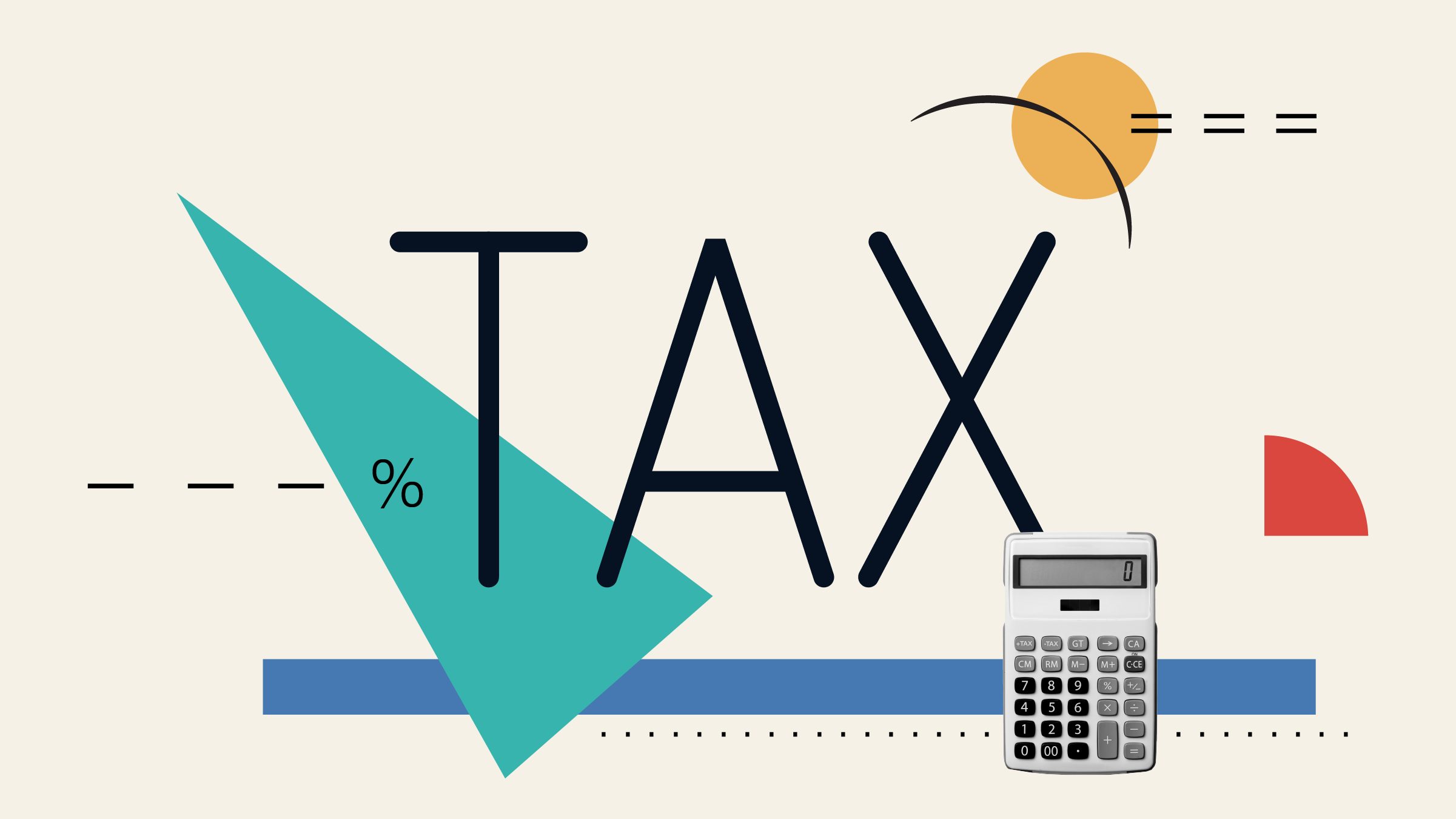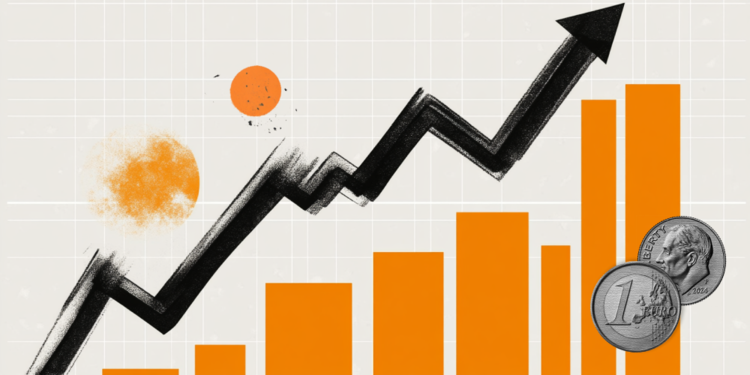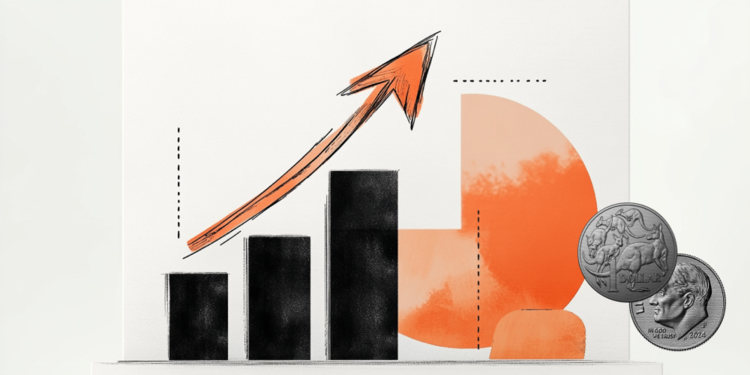The April 15 tax deadline is approaching fast. Here is what you need to know
Make sure you know about the free software options and new reporting rules for income from sites like eBay and Etsy.

Tax day is two weeks away. For those who haven't filed yet, now is the time to get started. Despite recent turmoil within the IRS and the federal government more broadly, tax experts say the filing season seems to be going smoothly. About 140 million individual tax returns are expected to be filed this year.
"People are concerned about how the tax process is going to work this year, for sure," says Eric Bronnenkant, head of tax at Edelman Financial Engines. But "there really haven't been any major tax changes that would have impacted this tax filing season."
Here are some basics to know this tax filing season, according to tax and financial experts.
Taxes are due April 15...
Your federal return is April 15, although there are some exceptions detailed below. And many states with income taxes also follow the federal deadlines, but there are some exceptions to those as well.
...but you can file an extension
"First, don’t panic. While April 15th is the official tax filing deadline, you can always file for an extension if you need more time," says Tyler Horn, head of tax planning at Origin, a personal finance app. "Rest assured, the IRS isn’t going to come knocking at your door or freeze your assets."
To that end, Horn advises avoiding rushing through the process, as that can lead to costly mistakes. Instead, know that the deadline after requesting an extension, which can be done on the IRS's website, is October 15. That said, if you owe the IRS money, the April 15 deadline is a firm one.
There is one exception: taxpayers in disaster areas, including some of those affected by the California wildfires and Southeastern floods, have additional time to file.
E-file if possible
Horn and the IRS encourage taxpayers to file electronically if possible. Not only is this safer—paper returns can get lost or stolen, as can refund checks—but it usually means receiving any eligible refund more quickly.
"There are many online services available to quickly and easily file your taxes," says Horn. "E-filing through tax software not only speeds up the process but also significantly reduces the chances of errors or audits."
It's also a good time to ensure your e-deposit ducks are in a row since President Donald Trump signed an executive order calling on the federal government to eliminate the use of paper checks by September 30.
File for free
On that note, there are plenty of services available that enable many taxpayers to file for free. Many of the biggest commercial tax software providers, including H&R Block, TurboTax, and TaxSlayer, offer free versions for simple tax situations. More complex returns—for those taking many deductions or credits, for examples—typically require paid versions. The app called Origin also offers free tax filing, though it does have a subscription fee.
Taxpayers with an adjusted gross income of $84,000 or less are eligible to use the IRS's Free File service. This is a public-private partnership between the IRS and tax companies including TaxAct, TaxSlayer, 1040Now, and ezTaxReturn.com. Each partner has differing requirements for its free filing services, including age, income, and military status. These are great options for individuals and families with straight-forward returns.
The IRS also offers a Direct File option in 25 states. This free program doesn't require taxpayers to use third party software to file their return. It is in its second year, and has received positive reviews from Americans who have used it.
To standardize or itemize?
For most taxpayers, the standard deduction is the way to go. It was significantly increased in the 2017 Tax Cuts and Jobs Act, which make it more likely to save the average taxpayer money than itemizing deductions will.
There are some exceptions. "Unless you have significant expenses like a high mortgage interest or unusually large medical bills, it’s simpler and more efficient to skip the hassle of itemizing and claim the standard deduction instead," Horn says.
Know what you owe
Though Trump has floated a variety of tax changes—such as eliminating taxes on Social Security, tips, and overtime—many are not actually law yet. So filers need to be aware of what they owe, experts says.
For tax year 2024—the taxes currently being filed—all cash and non-cash tips are subject to federal taxes, and Social Security is still being taxed.
"Taxpayers should be mindful that a proposal by the president does not mean legislation will be passed accordingly, and to plan according to what is known, not what may happen," says Tipiwa Walker, a certified financial planner (CFP) at Lucre Advisory.
Report your eBay and Airbnb income
One of the biggest tax changes this year is that the 1099-K reporting threshold has changed. Now, payment apps and online marketplaces are required to report transactions of at least $5,000 per individual. It's part of the IRS's incremental lowering of the threshold from $20,000 to just $600.
This change applies to those who sell products on StubHub, Etsy, eBay, etc., or sell services on sites like Airbnb. Taxes are owed on profits made.
Lower your tax bill
There is still a little time to lower your tax bill. For example, if you qualify, you can still make tax-deductible contributions to an individual retirement account or health savings account by April 15. Just be sure to qualify that they apply to tax year 2024, and not 2025.
You can only do this if you haven't already surpassed the maximum contribution amount for 2024. For IRAs, that limit is $7,000 (and $8,000 if you're 50 or older). For HSAs, the limit for individuals is $4,150 (or $5,150 if you're 55 or older) and $8,300 for family coverage if you have a high-deductible health plan.
Check the status of your refund
If you've filed and expect a refund, you can easily track its status on the IRS's website, on its dedicated Where's My Refund page. If you file electronically, you will be able to start seeing the status around 24 hours later, although it may take longer in some cases. If you file a paper return, it could take four weeks to be able to see the status.
Refunds are typically deposited within 21 days of filing. But again, the process is quicker for those who e-file than those who send paper returns or request a paper check.
This story was originally featured on Fortune.com








































